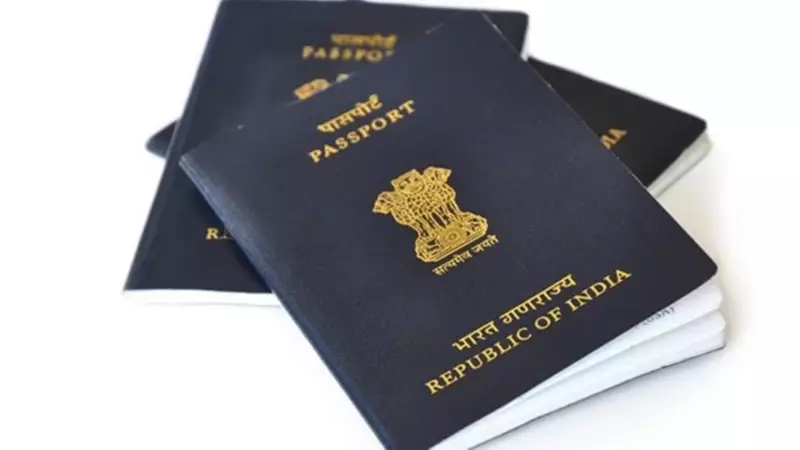
Navigating a stalled passport application can be a source of significant anxiety for many Indians. As an essential document for international travel and identification, any delay in its issuance can disrupt plans. If your application seems stuck in the bureaucratic pipeline, there are clear, official steps you can take to check its status and expedite the process.
How to Check Your Passport Application Status Online
The most convenient method to track your application is through the official government portal. By visiting the Passport Seva website, you can get real-time updates on your file. The process is straightforward: navigate to the 'Track Application Status' section, select your passport type, enter your unique application number, and hit 'Track Status'.
The portal will display one of several statuses. If it reads 'Under Review', this indicates that your application is still undergoing standard processing and verification. While this is a normal stage, if this status persists for more than 30 days after submission, it is advisable to personally enquire at your regional Passport Office or Passport Seva Kendra. A more concerning status is 'Application Rejected'. In this case, you must contact the Passport Seva Kendra directly to understand the specific reasons for the rejection.
Alternative Methods for Status Enquiry
For those who prefer telephonic assistance, the government has established a dedicated passport helpline. You can call 1800-258-1800 to connect with a call centre executive. To ensure a smooth process, have your File Number and Date of Birth ready before the call. Alternatively, you can use the IVR (Interactive Voice Response) system by inputting your file number to get an automated status update.
However, the most direct and often most effective approach is to visit the helpdesk at your nearest Passport Seva Kendra. A face-to-face interaction can sometimes help clarify complex issues more effectively than remote methods. It is crucial to note that these channels are for application status checks only. In the unfortunate event of a lost passport, you cannot file a complaint through the call centre. A lost passport must be reported immediately to the nearest police station and the local Passport Office or Indian Mission if you are abroad.
Understanding and Navigating Police Verification
A primary reason for passport delivery delays is often the police verification stage. This is a critical security measure designed to confirm the details provided by the applicant and prevent the document from falling into the wrong hands. There are two main modes of verification: pre-passport issuance and post-passport issuance.
The Passport Office decides which process is required based on whether it is a fresh application or a re-issue. Pre-police verification is the norm for most applicants. Exceptions are made for certain cases, such as government servants submitting specific certificates and those applying under the Tatkaal scheme. If you applied six months ago and police verification is still pending, a visit to the concerned Passport Office is strongly recommended.
Sometimes, the police report may come back as 'adverse'. If this happens, you should contact the Passport Office to understand the reason. After providing necessary clarifications, you can request a re-verification. The issuance of your passport is contingent upon the Passport Office receiving a clear report from the police authorities.
Other Common Reasons for Delays
Beyond police verification, other factors can slow down your application. Discrepancies in your submitted documents, such as mismatched information, frequent changes of address, or issues with identification proof, will cause the Regional Passport Office to pause processing. In such cases, they will typically contact you to resolve the issues. If you have not been contacted, proactively visiting the office may be necessary, and you might be asked to submit additional documents.
Finally, general backlogs at a particular passport office can also lead to delays. Being patient but persistent, and using the official channels outlined, is the best strategy to ensure your passport reaches you safely and as quickly as possible.





